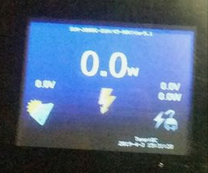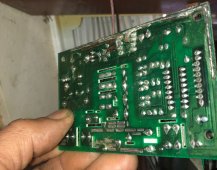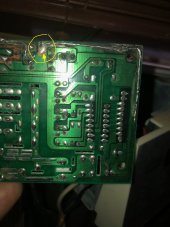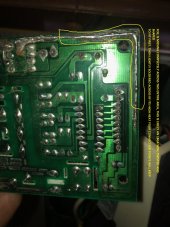cs1234
Solar Wizard
- Joined
- May 9, 2022
- Messages
- 2,302
I glanced at the thread you linked to but he seemed to be using a DC-DC converter between the battery and the Microinverter.
That would solve the issue in the same manner the adapter developed by ncsolarelectric does.
Something needs to limit the input current or there is a problem…
If you are interested in this subject suggest you send ncsolarelectric a PM or give him a call. He is very generous with his knowledge and has a professional background in power electronics…
I would have likely used a dc to dc converter regardless, as the microinverter does not have a customizable low voltage disconnect and reconnect setting like the GTIL does. Without such a setting the microinverter would run your battery down to low voltage disconnect all the time assuming it's voltage range and your batteries voltage range cross over like that.
I also don't think a microinverter will pull every available amp it can get from a battery, if it did, it would try the same thing with a dc to dc converter and the dc to dc converter would shut down from overload as well.
Anything with capacitors in it does have a likelihood of high inrush current when you first connect it though. I would connect a microinverter it to the battery (or a dc to dc converter) using a precharge resistor, just like I do every DC device I connect up to the battery bank.
Maybe you've noticed your GTIL will spark when you connect the battery up to it if it has been off for a while, it doesn't do that if you use the precharge resistor. You can even watch it's DC voltage reading on the screen go up slowly with the resistor attached, and go down when you take it off, before connecting the battery.








